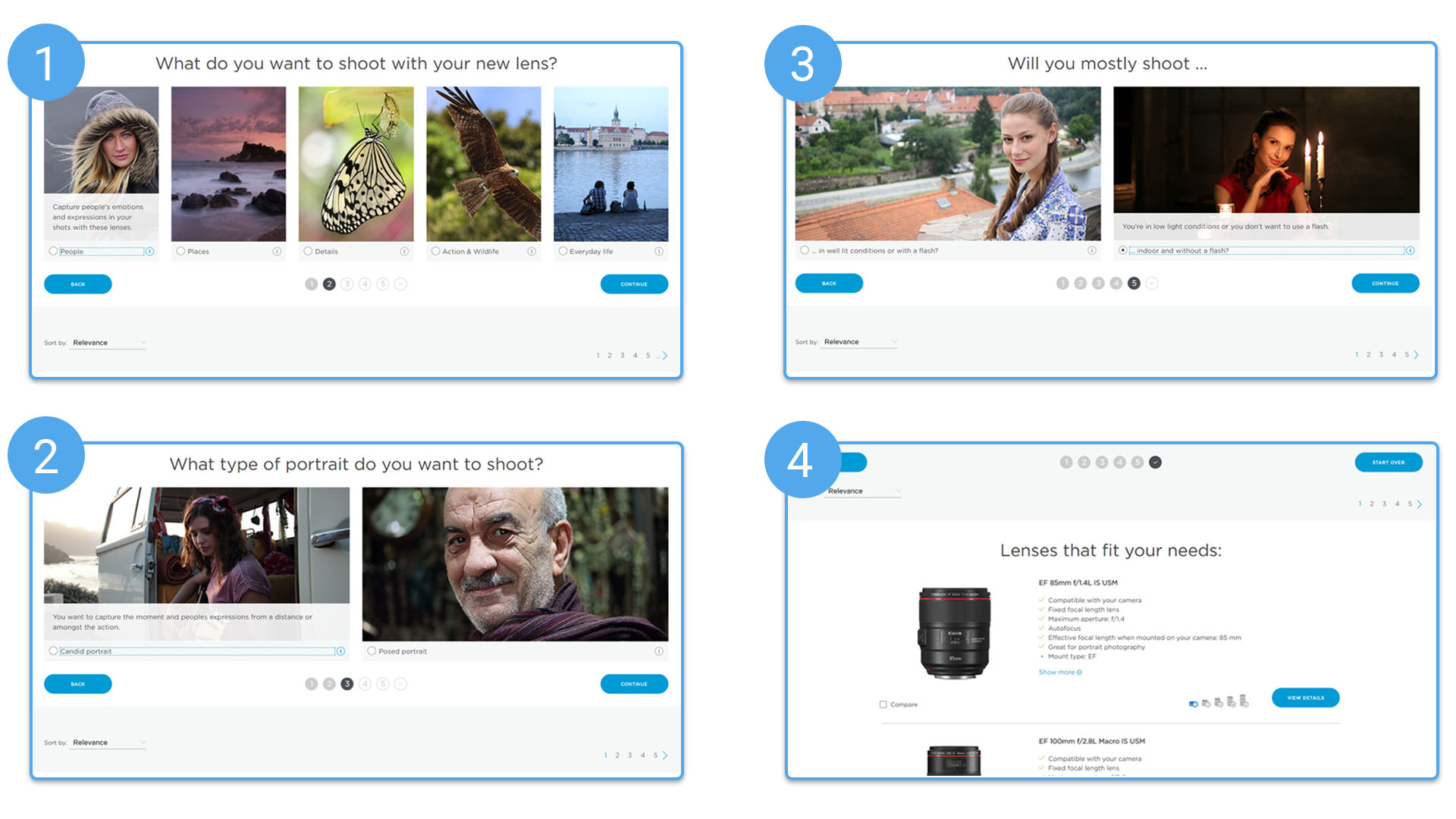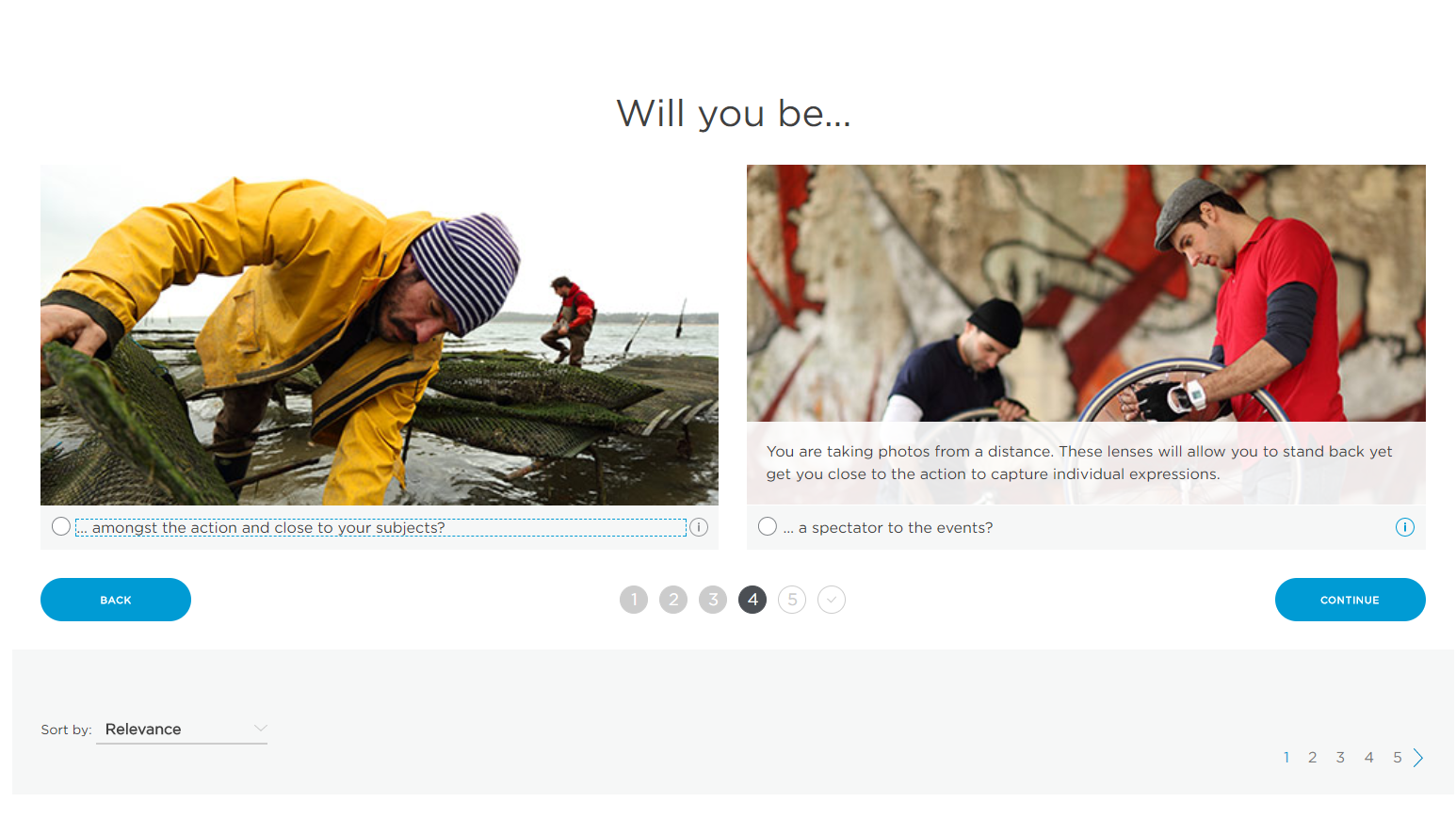Many of us have less-than fond memories of spending what felt like an eternity wandering around furniture stores with our parents. But just a few years later, we begin to love to making our homes feel personal and special. Unfortunately, it doesn’t always mean we spend any less time aimlessly wandering home decor stores, both off and online. This is where guided selling comes in.
Unfortunately for most home decor shoppers, it can be very difficult to find what they need. People may not know exactly what they’re looking for, or just might not be familiar with the terminology that they really need to know. Guided selling techniques can help to educate the consumer, and lead them down a path to the right set of products for their needs.
What do you need to know before you get started?
How Does Guided Selling Work?
In an ideal scenario, a guided selling tool will ask questions that are designed to filter shoppers down to a narrow but appropriate range of choices. Starting from broad categories (couch or chair?) and moving down to specific needs (couch > sectional > leather > modern > black > less than $3,000).
An Example
There are many guided selling examples on the web where this process works incredibly well. Canon is one that stands out to me personally. Even though I’ve been using a Canon DSLR camera in my professional and personal life for about 5 years, I find myself asking a lot of questions when I need a new lens. Most of the times that I’ve needed one, I haven’t even known where to start. If you know anything about lenses, you’ll know how frustrating it can be to find a lens within your price range that can help you achieve the effect that you want.
But Canon thought about all of this.

Canon’s guided selling tool asks important questions sequentially to present you with a set of lenses that will help you achieve the aesthetic that you want. They start by asking what camera body you own, then what type of picture you want to take. The questions become more and more nuanced as you go.
Basic Format
If you’re familiar with the game Twenty Questions, you’ll know that you can get almost anywhere in a very short period of time with a series of artful and deliberate questions. Guided selling is the same basic concept at its core.
- Filter people from broad categories, down to a highly filtered selection of products.
- Determine the broad category that your shopper is interested in. (What do they want? A table? A chair? A sofa? A bed?)
- Ask more questions. For example, which room will this item will be in? The kitchen? The family room? The bedroom?
In this example, you’d inevitably need to ask questions about styles (classic, vintage, modern), but what should those questions look like? What if your shopper doesn’t know what to call the style they want? Most of them won’t be furniture experts, after all.
Educate Your Shoppers
Use the questions you ask to introduce the shopper to new concepts, and educate them.
- Teach them about the subtle differences between the products you sell
- Familiarize them with important terminology
As an example of how this can be done, one of Canon’s first questions asks what kind of portraits the shopper wants to take. Some new photographers might not know that some lenses perform posed portraits better than others.

It gets more complex from there, and asks if they want to be “amongst the action” or if the shopper plans to “stand back”. What they’re trying to determine here is the focal length of the lens that the shopper needs, but they don’t assume the shopper knows these terms or understands how they’re important in this context. So instead, they ask questions about the shopper’s use case.
How could we apply that to furniture?
Perhaps instead of asking about industry-specific terms about stitching, materials, patterns, and construction, you might ask if they’re looking for something that looks modern or classic.

